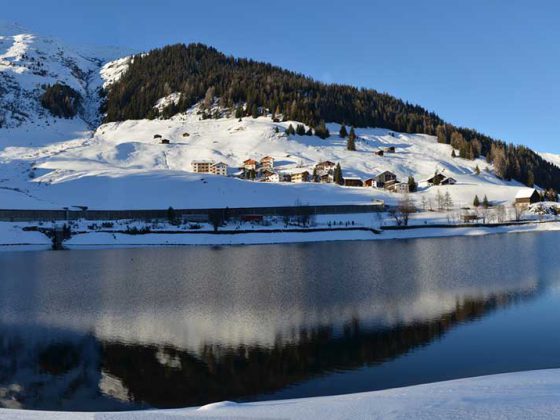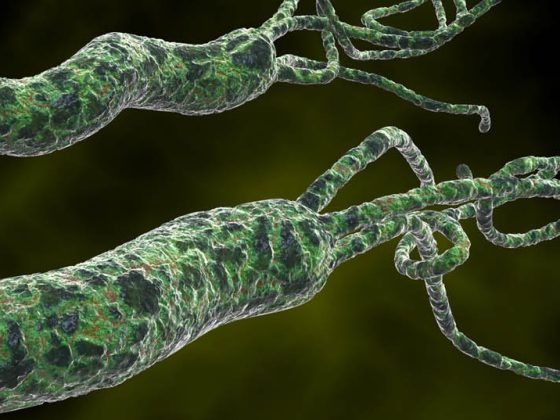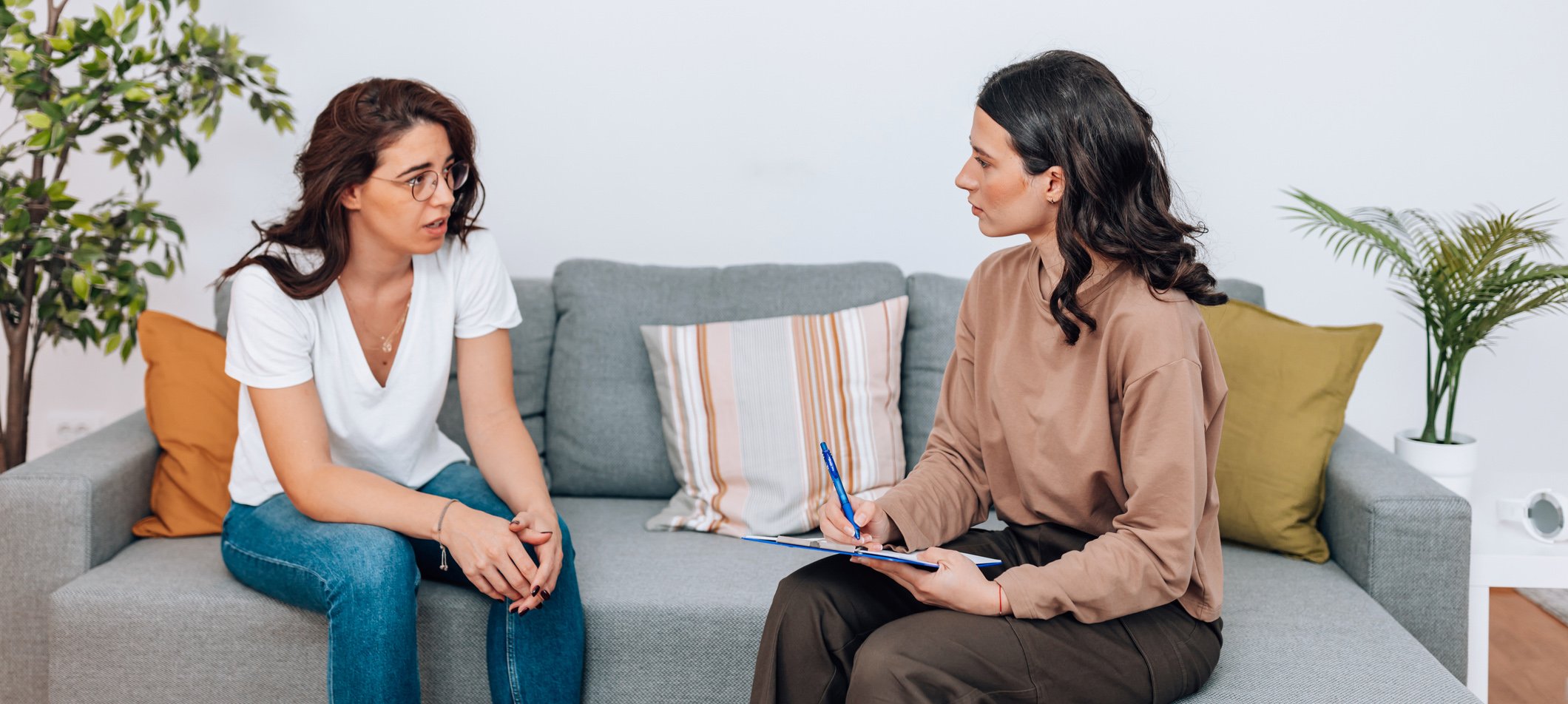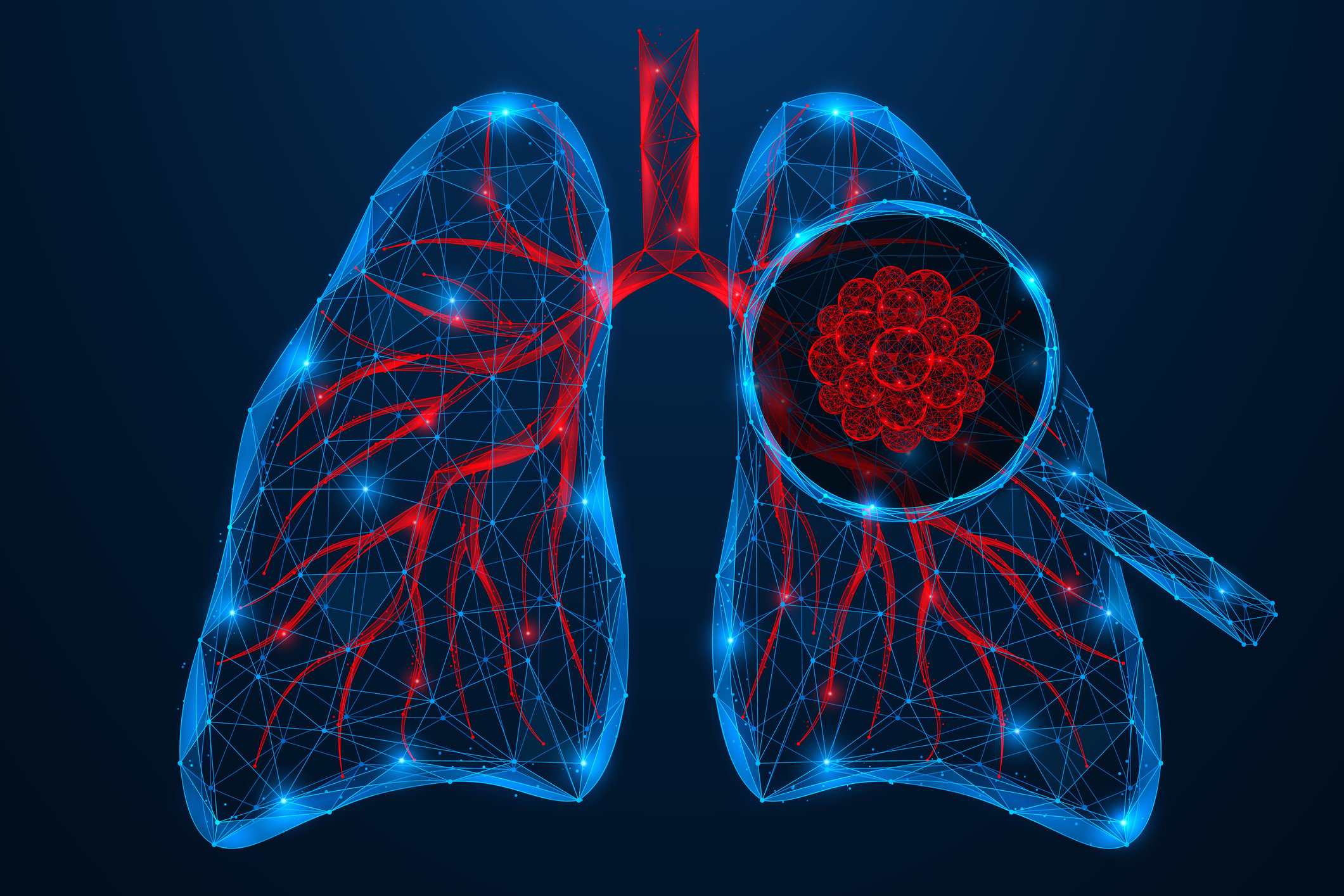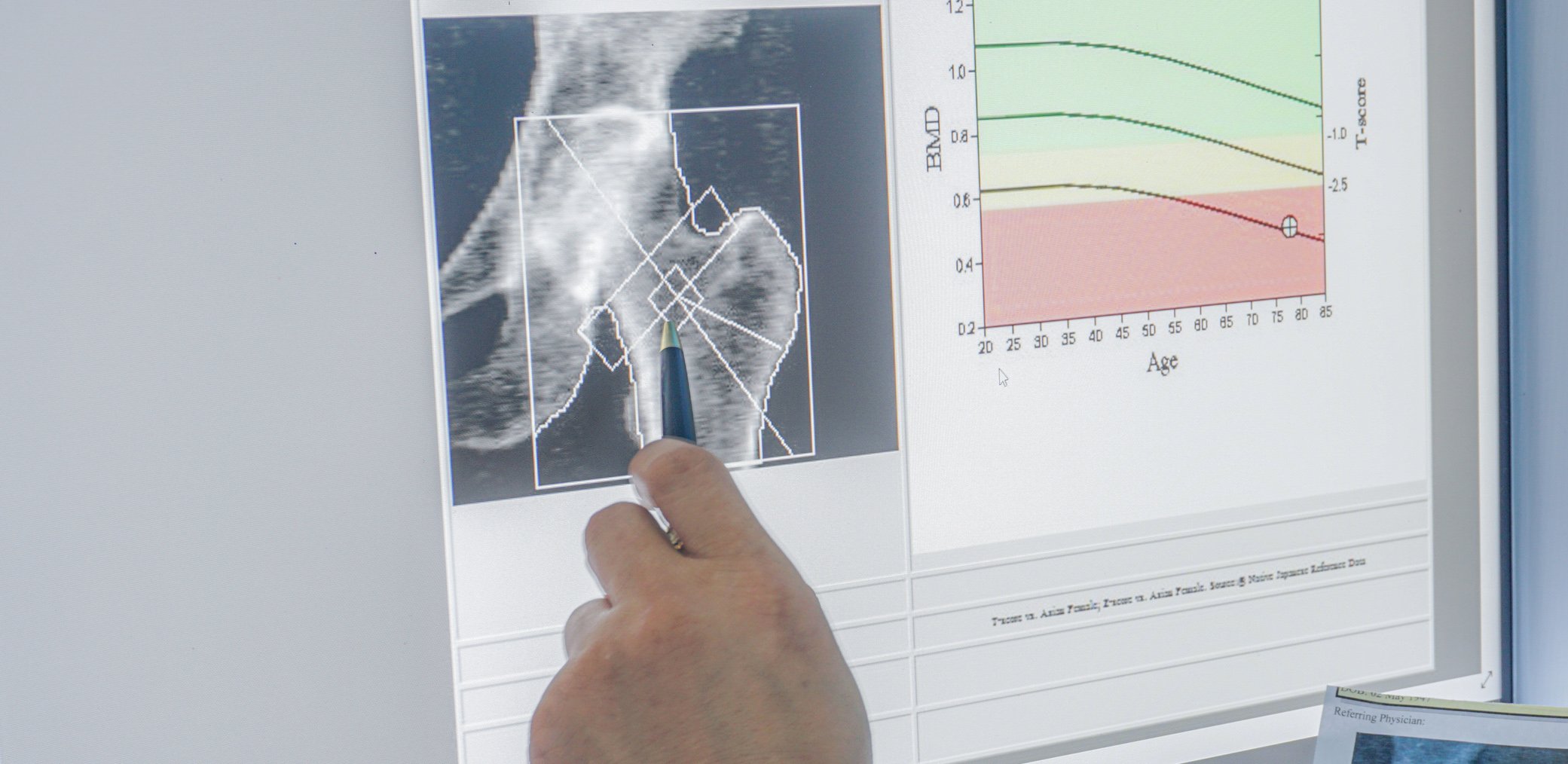If one had to define a particular weak point in the athlete, a so-called locus minoris resistentiae, then the heel and the Achilles tendon attached to it would certainly be named. What characterizes this part of the body and why is it susceptible to injury?
Injuries (mostly ruptures or partial ruptures) and diseases of the Achilles tendon (often called Achillodynia) represent a relevant problem area in sports medicine. Their share in the total number of sports injuries varies considerably and is very different depending on the sport. In an unpublished paper (“Sprechstunden-Statistik”) we could show that in our patient population about 5% are affected by Achillodynia and Achilles tendon ruptures. Other surveys speak of an overall percentage in sports traumatology of up to 30%.
Causes of vulnerability
There are many reasons for this particular vulnerability. Certainly the special anatomy of this connection of three muscle tendons plays a central role (in the depth lying single-jointed soleus muscle, at the surface the two double-jointed gastrocnemius muscles). These three tendons with a total of five bundles are broadly attached to the posterior part of the calcaneus. The fine structure with different sliding layers (paratenon, epitenon) and the complex, but in relation to the neighboring muscles weaker blood supply are also of great importance. This tendon material is nourished by a blood supply to the tendon, with blood vessels coming from muscle, from adjacent bone, periosteum, and from the tendon sheath. Nevertheless, compared to muscle, tendon is a comparatively poorly perfused tissue. Measurements could show that the lowest blood flow is located about 3-6 cm above the insertion at the calcaneus, i.e. exactly at the point where we also encounter the highest rupture rates.
The biomechanics of the system, with the high demand for power transmission to allow the body to propulsion in often demanding situations, also contribute to the development of Achilles tendon disorders. The Achilles tendon, like other tendons, has inherent elasticity, which makes deformation due to traction tolerable to a certain degree. If this deformation rises above a certain limit (at about 4% elongation), structural changes occur in the sense of a partial lesion or even a
complete rupture. It must be remembered that with certain sporting
activities load magnitudes of up to 20 times the body weight are observed!
Other factors
Not to forget factors related to physical activity: type of sport, running style, sports floor, sports shoes and training care – just to name a few.
In addition, intrinsic factors, i.e., factors dependent on the athlete, such as fibular ligament insufficiency, calcaneus varus, pronounced hollow foot, restricted hip rotation, muscular imbalances of the calf muscles, and evasive movements to the lateral forefoot as in hallux rigidus or even unguis incarnatus play a role.
Finally, athletes should be considered for internal medical disorders such as familial hypercholesterolemia, hyperuricemia, or use of quinolones and other so-called gyrase inhibitors. These substances are accused of having a damaging effect on the Achilles tendon.
And as is so often the case in medicine, genes also play their part in the development of Achilles tendon disorders. Recent studies have demonstrated an accumulation of the COL5A1 gene, which is responsible for determining the structure of collagen.
Injury forms
Basically, a distinction is made between acute (ruptures, partial ruptures, intratendinous tears, i.e. tears in the tendon tissue without a continuous interruption) and chronic tendon injuries as well as overuse injuries (achillodynia). Tendon pathologies include etiologic injuries that affect either the tendon itself or the tendon attachment or origin.
In terms of differential diagnosis, tendon diseases such as inflammation and degenerative changes must be differentiated from lesions with partial and total insufficiency such as ruptures. In most cases, tendon injuries and diseases are protracted in diagnosis as well as in therapy and require a great deal of experience on the part of the treating physician.
The chronic tendon pathologies have partly very different factors as cause, which have to be considered in the diagnostics and in the therapy. Often, a satisfactory therapeutic outcome can only be achieved through a combination of symptomatic treatment and remediation or alleviation of these factors.
Here is a list of differential diagnoses for achillodynia:
- Peritendinitis/peritendinosis
- Calcaneus exostosis with bursa
- Bursitis subachillea/calcarea
- Persistent apophyseal nucleus
- Apophysitis calcanei (M. Sever)
- Tennis heel (overload of the talocalcaneal joint)
- Fatigue fracture of the calcaneus
- Neuropathy/entrainment of the ramus calcaneus N. suralis
- Lumbar related heel pain
- Medication.
Ways of diagnostics
The observation of the patient’s gait when entering the consultation room with Achilles complaints already provides information – as does the question about the reason for the visit after the greeting. It is almost possible to distinguish rupture from achillodynia at this stage.
The specific anamnesis with regard to origin, duration of the disorder, type of sport, sport ground, sport intensity, pain characteristics (only during exercise, also afterwards etc.), intake of medication, previous clarifications and treatments allows a good first picture. Examination of gait, one-legged and two-legged tiptoe stance (one-legged almost excluded in case of tear), observation of the heel from behind, again in function and in stance, examination of the patient sitting on the edge of the bed with pinching the calf (Thompson test, in case of a tear no or strongly weakened plantar flexion), the foot position (in case of a tear the foot “falls” vertically instead of being slightly in pointed foot position, “hanging foot sign” according to Matles) and of course palpation of the heel and the Achilles tendon provide further decisive information. In the seated position, with the patient pushing off the foot against the examiner’s thighs, an assessment of force and symmetry can be made. A Lasègue test is performed in the supine position and hip mobility is tested with the joint angled at 90°. In most cases, this ten-minute contact with the patient is enough to filter out the most likely diagnosis from the differential diagnosis list.
Further measures
Any further diagnostic measures that may be necessary, which usually involve imaging, must be based on the clinical findings. Radiographs (usually a lateral one of the heel, sometimes an axial one looking for Haglund’s exostosis) are especially useful in cases of attachment problems. When assessing the tendon itself, they are hardly necessary – except in the case of sometimes quite spectacular calcifications. MRI is most commonly used for tendon assessment. However, sonography, especially Doppler sonography for visualization of neovascularization, has also proven to be very useful in skilled hands. TDI elastosonography is another diagnostic procedure for quantitative assessment of tissue changes as well as tendon quality based on so-called strain scores. In certain situations, biomechanical gait analysis can be useful.
As mythology teaches us, the Achilles tendon is a relevant weak point of the human body. Today, however, we know a little more than what ancient Greek history tells us. There, the Achilles tendon was the only place where Thetis, the mother of Achilles, held her son when she immersed him in the river Styx to make him immortal from this divine water!
HAUSARZT PRAXIS 2015; 10(12): 2-3


